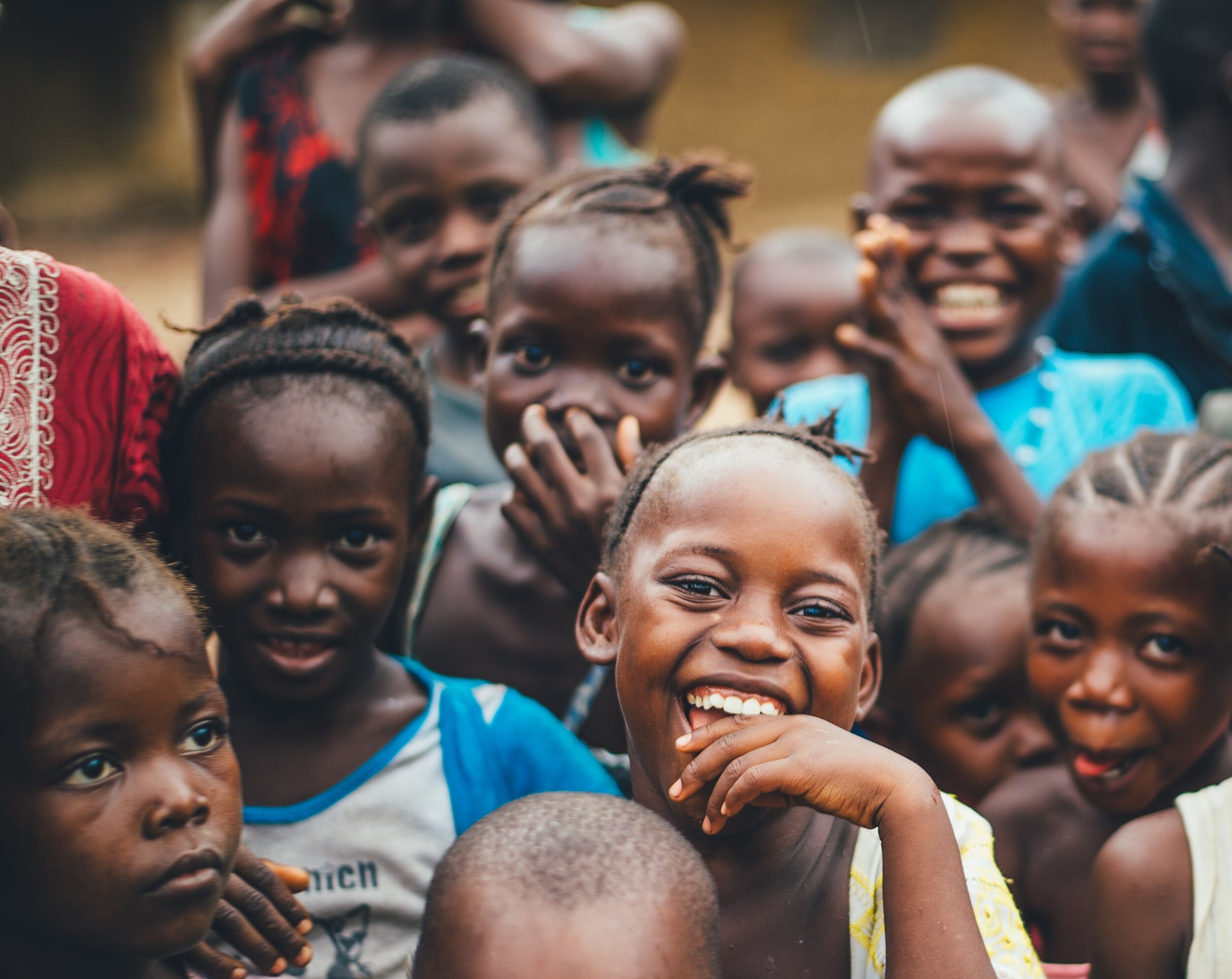Babies and Toddlers Spread Coronavirus in Homes More Easily Than Teens, Study Finds
Although young children bring the coronavirus home less often than teens do, their close contact with caregivers may make them likelier to transmit it.,
Advertisement
Continue reading the main story
Supported by
Continue reading the main story
Babies and Toddlers Spread Virus in Homes More Easily Than Teens, Study Finds
Although young children bring the coronavirus home less often than teens do, their close contact with caregivers may make them likelier to transmit it.
A toddler in Massachusetts received a routine checkup in an ambulance in April 2020.Credit…David Degner for The New York Times
By Emily Anthes
Babies and toddlers are less likely to bring the coronavirus into their homes than teenagers are, but once they are infected, they are more likely to spread the virus to others in their households, according to a large new study by a Canadian public health agency.
The findings can be explained, at least in part, by behavioral factors, experts said, including the fact that very young children require lots of hands-on care and cannot be isolated when they are sick.
The study, which was published in the journal JAMA Pediatrics on Monday, does not resolve an ongoing debate over whether infected children are as contagious as adults, and it does not suggest that toddlers are driving the pandemic. But it demonstrates that even very young children can still play a role.
“This study showed that even the youngest of children readily transmit the virus,” said Zoe Hyde, an epidemiologist at the University of Western Australia, who was not involved in the research.
She added: “The key takeaway for me is that it clearly shows that there’s transmission from children occurring in the household. This means we urgently need to think about how we’re going to protect schools when they reopen shortly.”
During the early months of the pandemic, some scientists suggested that young children, in particular, rarely got infected with or transmitted the virus. But those observations may have been distorted by the fact that most children had few social encounters during that time.
“I think they were biased by the fact that children were sequestered at home,” said Dr. Tina V. Hartert, a respiratory epidemiologist at Vanderbilt University, who was not involved in the new study. “They were recommended not even to play with neighbors, they didn’t go to school, they didn’t go to day care.”
The new study, which was conducted by researchers at Public Health Ontario, is based on records of Covid-19 cases and positive coronavirus tests in Ontario from June 1 to Dec. 31, 2020. The researchers identified all positive tests associated with private households and then identified the “index case” — the first person to develop Covid-19 symptoms or test positive for the virus — in each household.
They focused on 6,280 households in which the first person to catch the virus was under 18. Then they looked for secondary cases, or others in the same home who got sick in the two weeks after the first child fell ill.
In most cases, they found, the chain of transmission stopped with the infected child, but in 27.3 percent of households, children passed the virus along to at least one other resident.
The Delta surge has forced Americans to recalibrate.While South Africa waits for vaccine supplies, J.&J. doses made there are sent to Europe.All health care workers in New York must get vaccinated, the governor says.
Adolescents were most likely to bring the virus into the home: Children from 14 to 17 made up 38 percent of all the index cases. Children who were 3 or younger were the first to get sick in just 12 percent of households — but they were the most likely to spread the virus to others in their homes. The odds of household transmission were roughly 40 percent higher when the infected child was 3 or younger than when they were between 14 and 17.
The findings may be the result of behavioral differences between toddlers and teenagers, medical experts said.
“When we think about what’s teen social behavior outside of the house, they’re spending a lot of time together, they’re often in quite close quarters, they’re often touching or sharing a drink,” said Dr. Susan E. Coffin, an infectious disease specialist at Children’s Hospital of Philadelphia, who was not involved in the study.
Those behaviors could make teens more likely to contract the virus and bring it home, she said.
On the other hand, while very young children probably have less social interaction outside the home, they tend to be in close physical contact with others in their households, in addition to frequently putting their hands and other objects in their mouths, which could help spread the virus. “Once they bring it into the household, it can be spread easily,” Dr. Coffin said.
It is also possible that the youngest children may carry higher levels of virus, or have higher rates of viral shedding, than teenagers, the researchers noted. Some studies have found that even though young children rarely get seriously ill, they may carry similar, or even higher, levels of virus than adults do. Although viral load is not a perfect predictor of infectiousness, the data suggest that children could potentially be as contagious as adults.
But the dynamics of disease transmission are complicated, and the precise role that children play in spreading the virus remains uncertain.
“Regardless of the debate, I think we can say that children transmit at rates that are clinically meaningful,” Dr. Hyde said.
Although children under 12 are not yet eligible for the vaccines, making sure that everyone else in the home is vaccinated can help curb household spread, experts said.
Schools and day cares can also help prevent children from getting infected in the first place by taking a variety of precautions, including physical distancing, good ventilation, testing and masking, when children are old enough for it. (The latest school guidelines from the Centers for Disease Control and Prevention recommends masks for children who are 2 or older.)
And while it is not practical to tell caregivers to keep their distance from a sick child, they can practice good hygiene while tending to them, Dr. Coffin said.
“People who have parented young toddlers are pretty used to having spit and drool on their shoulder,” she said. “There’s no getting around that. But using tissues, throwing away tissues, cleaning hands immediately after helping wipe your child’s nose are all things that a parent of a child who’s infected or maybe infected can do to help limit the spread within their household.”


